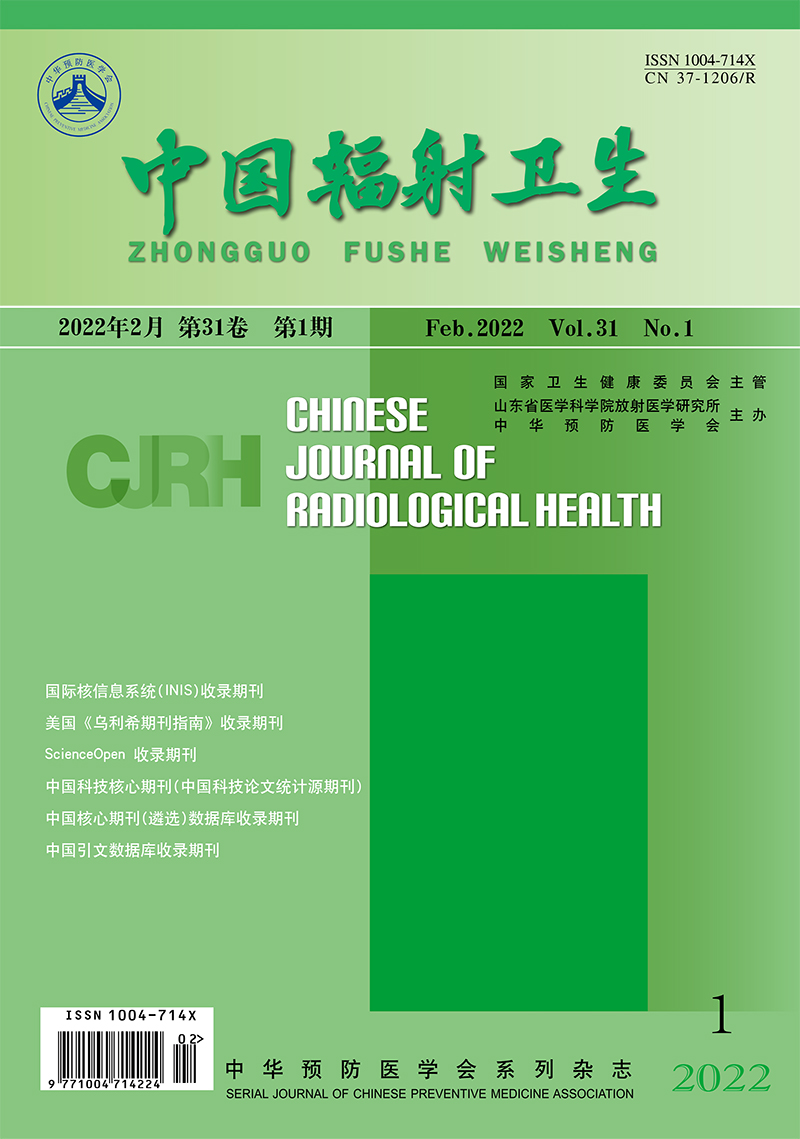Original Articles
SHAO Wei, LIU Jing, SUN Yi, WANG Gang, GUO Xingzhao, SUN Duoping, FU Qiang
Objective To compare the dosimetric differences of volumetric modulated arc therapy (VMAT) with flattening filter(FF) and flattening filter-free(FFF) modes in hippocampal avoidance whole brain radiotherapy. Methods We included 15 patients with hippocampal-sparing whole brain radiotherapy, and designed two radiotherapy plans of FF-VMAT and FFF-VMAT for each patient. On the premise of meeting clinical dose requirements, the two plans’ dosimetry, total number of monitor units, and beam-on time were compared. Results There were no significant differences in the target coverage, conformity index, and dose gradient of the FF-VMAT and FFF-VMAT plans (P > 0.05). The Dmax, D100%, and Dmean to the hippocampal tissue were significantly lower with FFF-VMAT [(15.13 ± 0.38) Gy, (7.12 ± 0.34) Gy, and (9.76 ± 0.43) Gy, respectively)] than with FF-VMAT (16.46 ± 0.56) Gy, (7.72 ± 0.28) Gy, and (10.54 ± 0.48) Gy, respectively)] (P < 0.05). The Dmax to the left and right lenses and the Dmean to the left and right eyeballs with FFF-VMAT were (7.26 ± 0.43) Gy, (6.29 ± 1.13) Gy, (11.01 ± 0.94) Gy, and (9.78 ± 1.13) Gy, respectively, which were significantly lower than FF-VMAT’s corresponding doses of (8.09 ± 0.66) Gy, (7.80 ± 0.74) Gy, (11.38 ± 1.09) Gy, and (11.05 ± 0.90) Gy, respectively (P < 0.05). The doses to other organs at risk including the optic nerve and optic chiasm were all controlled within the safe dosage ranges, with no significant differences between the two plans (P > 0.05). The FFF-VMAT plan had a significantly greater number of monitor units and a significantly shorter beam-on time than the FF-VMAT plan (P < 0.05).Conclusion Both FF-VMAT and FFF-VMAT can meet the clinical requirements, with FFF-VMAT having better hippocampus and lens protection, shorter beam-on time, and higher treatment efficiency.

